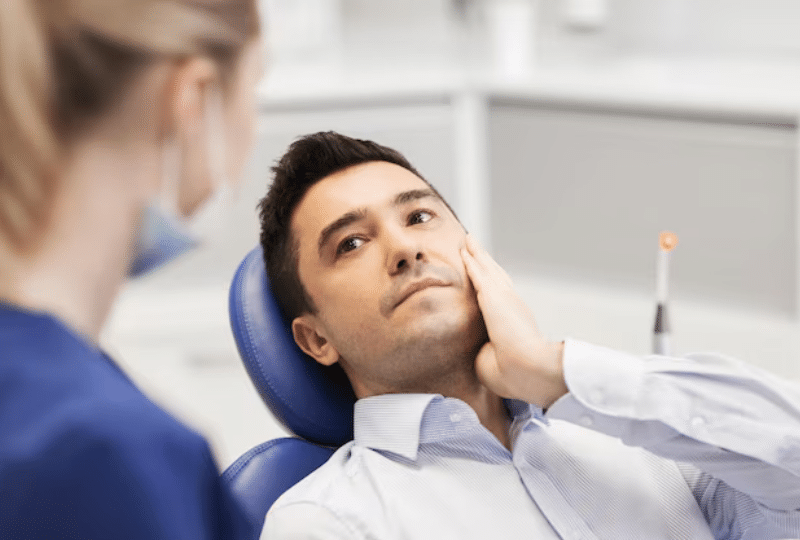Temporomandibular Joint (TMJ) disorders can be a source of significant discomfort and pain for many individuals. The journey from diagnosis to recovery involves a thorough understanding of the condition, a proper treatment plan, and dedicated efforts for rehabilitation. In this comprehensive guide, we will explore the various stages of TMJ treatment, emphasizing the importance of seeking specialized care, and specifically delve into the unique aspects of TMJ Treatment in Oak Park.
Understanding the Diagnosis:
The journey begins with a proper diagnosis, often initiated by recognizing the symptoms associated with TMJ disorders. These may include jaw pain, facial pain, clicking or popping sounds when moving the jaw, and difficulty in opening or closing the mouth. If you are experiencing these symptoms, it is essential to seek advice from a healthcare professional for an accurate diagnosis.
Upon consultation, your healthcare provider will conduct a thorough examination of your jaw, neck, and head. X-rays or other imaging tests may be recommended to get a closer look at the temporomandibular joint. In Oak Park, specialized healthcare professionals are equipped with the knowledge and tools necessary for an accurate diagnosis.
Creating a Customized Treatment Plan:
Once diagnosed with TMJ disorder, the next step involves creating a customized treatment plan tailored to your specific condition. TMJ Treatment in Oak Park is designed to address the root cause of your symptoms and improve the overall functionality of the jaw joint.
Common treatment approaches may include:
- Pain Management: To alleviate the discomfort associated with TMJ disorders, pain management techniques such as over-the-counter pain relievers or prescribed medications may be recommended.
- Physical Therapy: Physical therapy exercises can help strengthen the jaw muscles, improve jaw mobility, and reduce tension in the temporomandibular joint.
- Orthodontic Treatment: In some cases, orthodontic interventions may be necessary to correct misalignment issues contributing to TMJ disorders.
- Lifestyle Modifications: Lifestyle changes, including stress management techniques, avoiding hard or chewy foods, and practicing relaxation exercises, can significantly contribute to TMJ symptom relief.
Ongoing Monitoring and Adjustments:
As you progress through your TMJ treatment, regular follow-up appointments will be scheduled to monitor your response to the prescribed interventions. Adjustments to your treatment plan may be made based on your progress and the effectiveness of the chosen therapies.
Recovery and Long-Term Maintenance:
Recovery from TMJ disorders varies from person to person, and the duration of treatment can differ based on the severity of the condition. Once symptoms alleviate and functionality improves, your healthcare provider will guide you on long-term maintenance strategies to prevent the recurrence of TMJ issues.
These may include:
- Continued Exercises: Continuing with prescribed physical therapy exercises can help maintain the strength and flexibility of your jaw muscles.
- Stress Management: Since stress is often a contributing factor to TMJ disorders, ongoing stress management techniques are crucial for long-term maintenance.
- Regular Check-ups: Periodic check-ups with your healthcare provider ensure that any potential issues are identified and addressed promptly, preventing the re-emergence of TMJ symptoms.
The journey from diagnosis to recovery in TMJ treatment is a personalized and multifaceted process. Seeking professional guidance, embracing a customized treatment plan, and making supportive lifestyle changes are integral to achieving lasting relief.For those seeking effective TMJ treatment in Oak Park, a comprehensive approach that addresses the root causes of TMJ disorders is key to restoring oral health and overall well-being. Remember, the path to recovery starts with understanding, proactive care, and a commitment to a holistic approach tailored to your unique needs.

